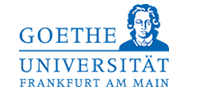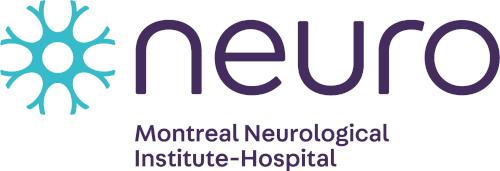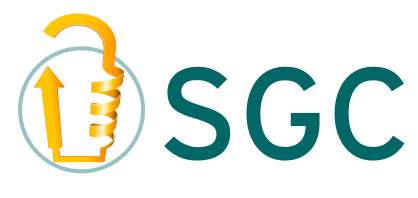 |
 |
 |
 |
 |
 |
CACHE Research Paper in Nature Reviews Chemistry Outlines Project’s Method for Generating Better Computational Methods for Molecule Hit-Finding
Toronto, February 22, 2022 – The roadmap for CACHE, an open science benchmarking initiative to enable the development of computational methods for hit-finding, has been published in Nature Reviews Chemistry.
CACHE (Critical Assessment of Computational Hit-finding Experiments): A public–private partnership benchmarking initiative to enable the development of computational methods for hit-finding, is a paper with authors from eight pharmaceutical companies, nine universities, and many more research organizations around the world, that outlines a novel initiative launched by the Structural Genomics Consortium to accelerate the improvement of computational hit finding methods.
Participants in the CACHE Challenges are provided with a protein target and asked to predict binders, either selected by virtual screening or invented by generative models. Binding of these compounds is evaluated experimentally at the Structural Genomics Consortium (SGC). Hit rate and diversity, potency and drug-likeness will be used to evaluate and compare methods. All data, including chemical structures are made publicly available without restrictions.
For its inaugural competition in December 2021, CACHE launched its first hit-finding challenge, targeting the WDR domain of the LRRK2 protein, which is encoded by the most commonly mutated gene in Parkinson’s disease. A diverse pool of applicants from Canada, the United States, Europe, South America and Asia, working in academia, biotech, government and pharmaceutical sectors are participating in this challenge. Strong engagement and involvement in the initiative has started building momentum for the second CACHE Challenge that will be launched in July 2022.
Author and head of Research Informatics at the SGC in Toronto, Matthieu Schapira, remarked on the significance of the CACHE initiative stating, “We expect that CACHE will become the reference that defines the state-of-the-art in computational hit finding, as CASP is for protein structure prediction.”
Considering that molecule screening is an important first step in the drug development process, it is expected that the CACHE Challenge initiative will lead to important discoveries for new protein targets, while advancing the open science model of drug discovery.
CACHE is part of the Target 2035 initiative, which is a group of international collaborators focusing on identifying chemical compounds to modulate each protein in the human body to better inform drug discovery by the year 2035.
About Structural Genomics Consortium
The Structural Genomics Consortium (SGC) is a global public private partnership dedicated to open science. It seeks to accelerate drug discovery by fostering collaboration among a large network of scientists in academia and industry and by making all research outputs openly available to the scientific community. The current SGC research hubs are in Canada, Germany, Sweden, the United Kingdom, and the United States.
For further information, contact:
Jill Kinsella
Director, Communications
Structural Genomics Consortium
####
